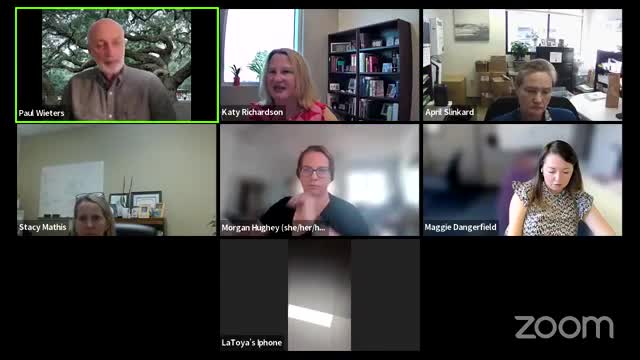Health experts warn of rising HIV infections among youth
October 02, 2024 | Charleston City, Charleston County, South Carolina
This article was created by AI summarizing key points discussed. AI makes mistakes, so for full details and context, please refer to the video of the full meeting. Please report any errors so we can fix them. Report an error »

During a recent government meeting, officials discussed the ongoing challenges in addressing HIV infections, particularly among younger populations. Current statistics indicate that while the overall number of individuals living with HIV is approximately 36,100, new infections are disproportionately affecting younger age groups, particularly those aged 18 to 40. This demographic is also notably diverse, with infections occurring across various races and genders.
The conversation highlighted the importance of outreach efforts, especially on college campuses, to encourage testing and awareness. Officials expressed concern that advancements in treatment options might lead to complacency among younger individuals, who may perceive HIV as less critical due to the availability of effective therapies. Despite the effectiveness of modern treatments—often simplified to a single daily pill or less frequent injections—there remains a significant gap in public understanding regarding the realities of living with HIV.
Participants emphasized the need for continued public education to dispel the outdated notion that HIV is a death sentence. They noted that many people are unaware that those on effective treatment cannot transmit the virus, which is crucial for reducing stigma and encouraging individuals to seek testing and treatment without fear of negative repercussions. The meeting underscored the urgency of addressing these misconceptions to improve health outcomes and support those living with HIV.
The conversation highlighted the importance of outreach efforts, especially on college campuses, to encourage testing and awareness. Officials expressed concern that advancements in treatment options might lead to complacency among younger individuals, who may perceive HIV as less critical due to the availability of effective therapies. Despite the effectiveness of modern treatments—often simplified to a single daily pill or less frequent injections—there remains a significant gap in public understanding regarding the realities of living with HIV.
Participants emphasized the need for continued public education to dispel the outdated notion that HIV is a death sentence. They noted that many people are unaware that those on effective treatment cannot transmit the virus, which is crucial for reducing stigma and encouraging individuals to seek testing and treatment without fear of negative repercussions. The meeting underscored the urgency of addressing these misconceptions to improve health outcomes and support those living with HIV.
View full meeting
This article is based on a recent meeting—watch the full video and explore the complete transcript for deeper insights into the discussion.
View full meeting